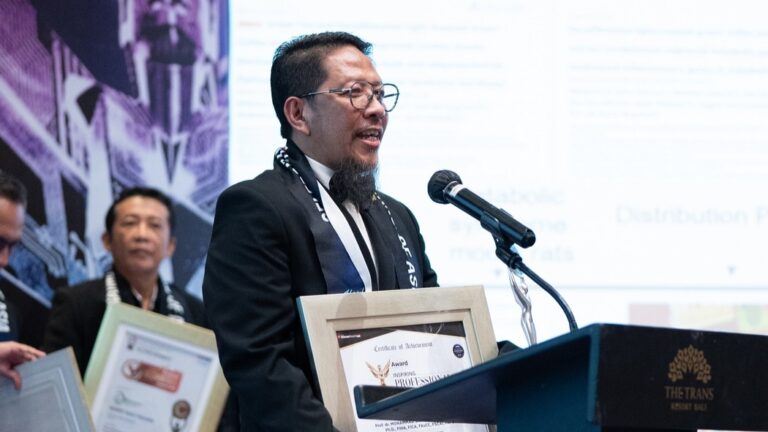Japan’s “Respect for the Aged Day” has taken on a dual meaning this year, celebrating the contributions of its elderly citizens while also shining a harsh light on the severe demographic and labor crises facing the nation. Japan is now home to a record 36.25 million elderly citizens, with those aged 65 and over making up an unprecedented 29.3% of the population, according to the latest data from the Ministry of Internal Affairs and Communications. As the country’s overall population declines, its aging demographic continues to swell, putting enormous pressure on the nation’s economic and social systems.
Experts warn that this demographic shift is exacerbating already significant labor shortages in Japan, with far-reaching implications for the country’s future. Robert Feldman, chief economist at Morgan Stanley MUFG Securities, explains that the labor shortage is particularly severe in labor-intensive sectors, such as food service, where the country simply does not have enough young workers to fill positions. “The labor shortage is just as bad as ever,” says Feldman, pointing out that the shortage is already being felt across industries reliant on manual labor.
According to a survey conducted last month by Teikoku Databank, 51% of Japanese companies reported a shortage of full-time employees, further highlighting the nation’s struggle to maintain an adequate labor force. This issue is compounded by the fact that the number of elderly workers, those aged 65 and over, reached a record 9.14 million in 2023, a number that has increased for the past 20 consecutive years. However, as these older workers begin to retire, the pool of younger workers available to replace them is shrinking at an alarming rate.
A Growing Problem
Japan’s aging population is not expected to reverse anytime soon. Projections from the National Institute of Population and Social Security Research estimate that the percentage of elderly individuals in Japan will climb to 34.8% by 2040. Meanwhile, the country’s total labor force is projected to decline sharply. Robert Feldman’s research indicates that by 2050, Japan’s labor force could shrink from its current level of 69.3 million workers to just 49.1 million, a nearly 30% drop.
The Japanese government is aware of the gravity of the situation and has introduced numerous measures to encourage higher birth rates in a bid to stabilize the population. Prime Minister Fumio Kishida’s administration has implemented policies that provide financial support for families raising children and has expanded child-care facilities to make it easier for working parents to balance their professional and personal lives. In addition, local governments have even sponsored public dating apps aimed at increasing marriage rates and encouraging young couples to start families.
However, demographic experts caution that increasing the birth rate is a long-term solution that will not solve Japan’s immediate labor crisis. As a result, the government has also turned to immigration as a more immediate solution, gradually opening the doors to foreign workers. In 2024, the number of foreign workers in Japan reached a record 2 million, and the government has set its sights on increasing that number by 800,000 over the next five years. However, experts like Feldman argue that these numbers will not be enough. To fully offset the anticipated labor shortages, Japan would need to welcome tens of millions of foreign-born workers — a drastic shift that would challenge the country’s traditionally conservative approach to immigration.
Technological and Social Solutions
With immigration alone unlikely to be sufficient, many experts are looking to technology to help Japan bridge the gap. Automation and artificial intelligence (AI) have been suggested as possible solutions to improve worker productivity and reduce the reliance on human labor in certain sectors. Yet, while AI has made strides in some areas, its impact on the labor shortage has so far been limited.
Carlos Casanova, senior economist for Asia at UBP, warns that Japan’s labor shortage requires more than just a technological fix. “We have a society that is increasingly consumer-oriented, so you need a large workforce that can make money and spend money to sustain economic momentum,” Casanova explains. “AI can be part of the solution, but it won’t solve the entire problem. Japan also needs to make social and structural changes.”
One of the most significant social changes that experts recommend is increasing female participation in the workforce. Despite Japan’s advanced economy, female workforce participation remains comparatively low, and there are still barriers preventing many women from re-entering the workforce after having children. Addressing these societal issues could help Japan partially alleviate its labor shortage.
Ultimately, Japan faces a complex and multifaceted challenge. As its population continues to age, the country will need to combine technology, immigration reform, and social change to ensure its future economic sustainability.








